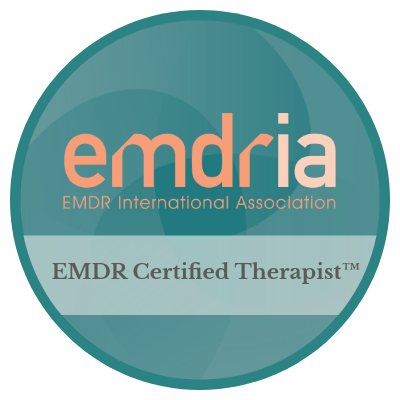Introduction
In a world where trauma, anxiety, and emotional struggles are increasingly common, finding an effective and transformative therapy is crucial. EMDR (Eye Movement Desensitization and Reprocessing) therapy has emerged as one of the most powerful tools for addressing these deep emotional wounds. This evidence-based therapy doesn’t just address symptoms—it helps reprocess traumatic memories, allowing individuals to heal on a profound level.
What is EMDR Therapy?
EMDR therapy is a structured psychotherapy approach developed by Dr. Francine Shapiro in the late 1980s. It’s primarily used to treat trauma, PTSD, anxiety, and other emotional disturbances. Unlike traditional talk therapy, EMDR focuses on bilateral stimulation (often through guided eye movements) to help the brain process traumatic memories.
How Does EMDR Work?
The core principle of EMDR is that traumatic experiences can get ‘stuck’ in the brain, causing ongoing emotional distress. During an EMDR session:
- The therapist guides the client through bilateral stimulation (eye movements, tapping, or auditory tones).
- The client focuses on a specific traumatic memory.
- As the brain processes the memory, negative emotions and beliefs linked to it are gradually diminished.
- New, healthier perspectives replace the old emotional responses.
Key Benefits of EMDR Therapy
- Rapid Relief from PTSD Symptoms: EMDR often delivers faster results compared to traditional therapies.
- Reduced Anxiety and Stress: It helps individuals regulate emotions and manage anxiety triggers.
- Improved Emotional Clarity: Clients report feeling lighter, more present, and emotionally balanced.
- Non-Invasive Approach: EMDR minimizes the need for prolonged verbal recounting of traumatic experiences.
Who Can Benefit from EMDR Therapy?
EMDR is highly effective for:
- Survivors of trauma and abuse
- Individuals with PTSD
- Anxiety and panic disorder sufferers
- People dealing with phobias and OCD
- Athletes and performers experiencing mental blocks (e.g., YIPS)
- Grieving a loss
- Reducing physical pain
- Removing negative self-beliefs and more
The EMDR Therapy Process
EMDR typically follows an eight-phase protocol:
- History-Taking and Treatment Planning
- Preparation
- Assessment
- Desensitization
- Installation
- Body Scan
- Closure
- Reevaluation Each phase is carefully structured to ensure safety, effectiveness, and long-term healing.
My Approach to EMDR Therapy
At Emending Counseling, LLC, I utilize EMDR, Brainspotting, hypnosis, and energy healing techniques. Every session is tailored to meet the unique needs and goals of my clients, ensuring a safe and transformative healing journey.
Common Myths About EMDR Therapy
- Myth 1: EMDR is only for PTSD.
- Reality: It’s effective for a range of emotional and mental health issues.
- Myth 2: EMDR erases memories.
- Reality: It doesn’t erase memories but changes how they are processed.
- Myth 3: Results are instant.
- Reality: While EMDR is often faster, healing still takes time and commitment.
Why Choose EMDR Therapy?
EMDR isn’t just another therapy—it’s a powerful tool for lasting change. It addresses the root cause of emotional struggles, allowing clients to move forward with clarity, confidence, and peace.
Final Thoughts
Healing from trauma, anxiety, and emotional wounds is possible with the right tools and support. EMDR therapy offers a path to lasting change, helping individuals regain control, confidence, and emotional balance.
Ready to take the first step? Book your EMDR therapy session today and start your healing journey.



